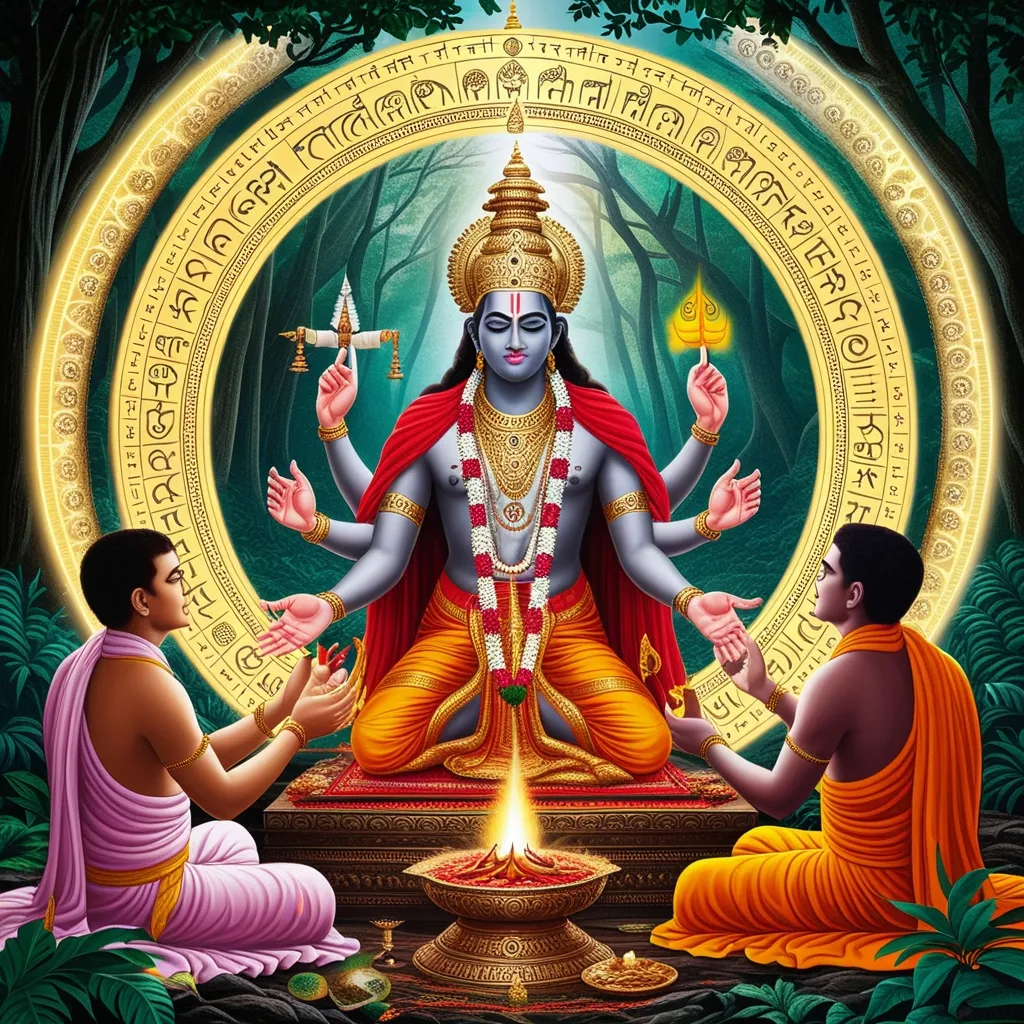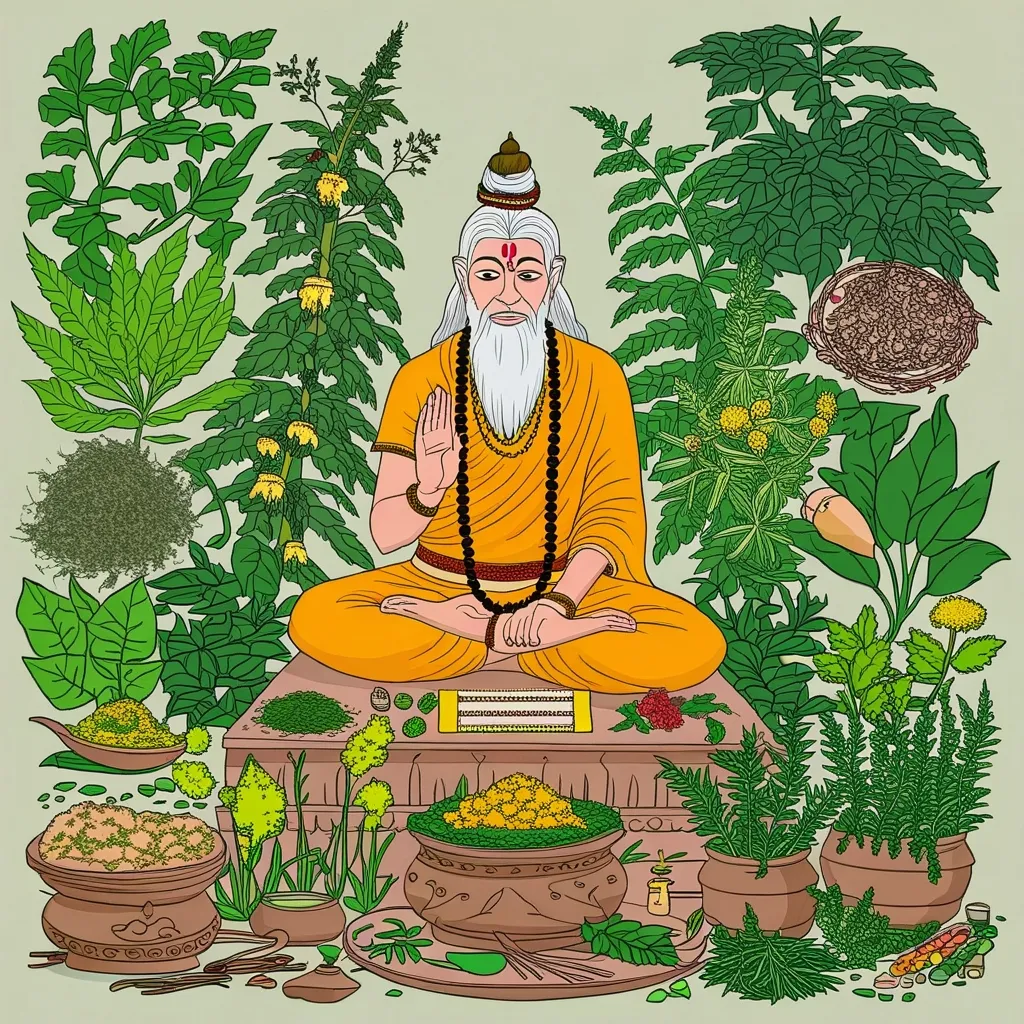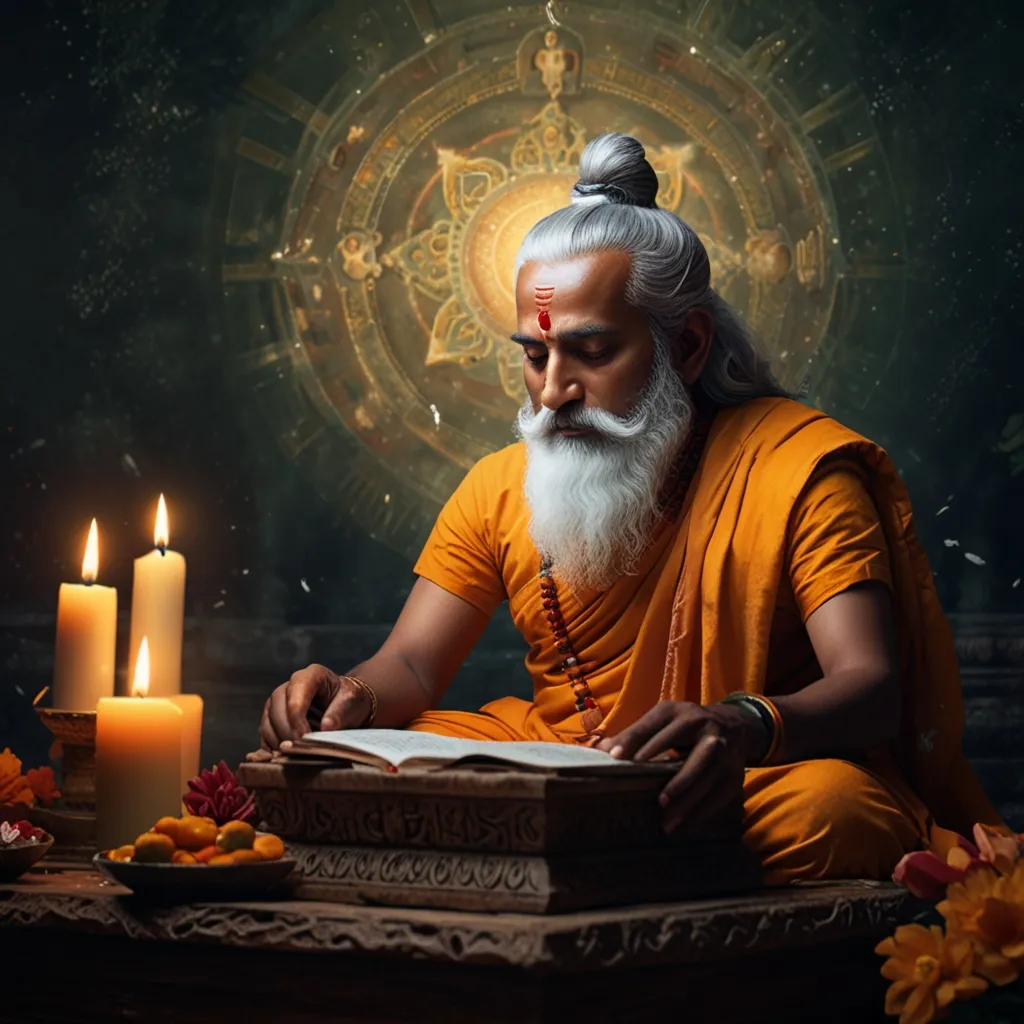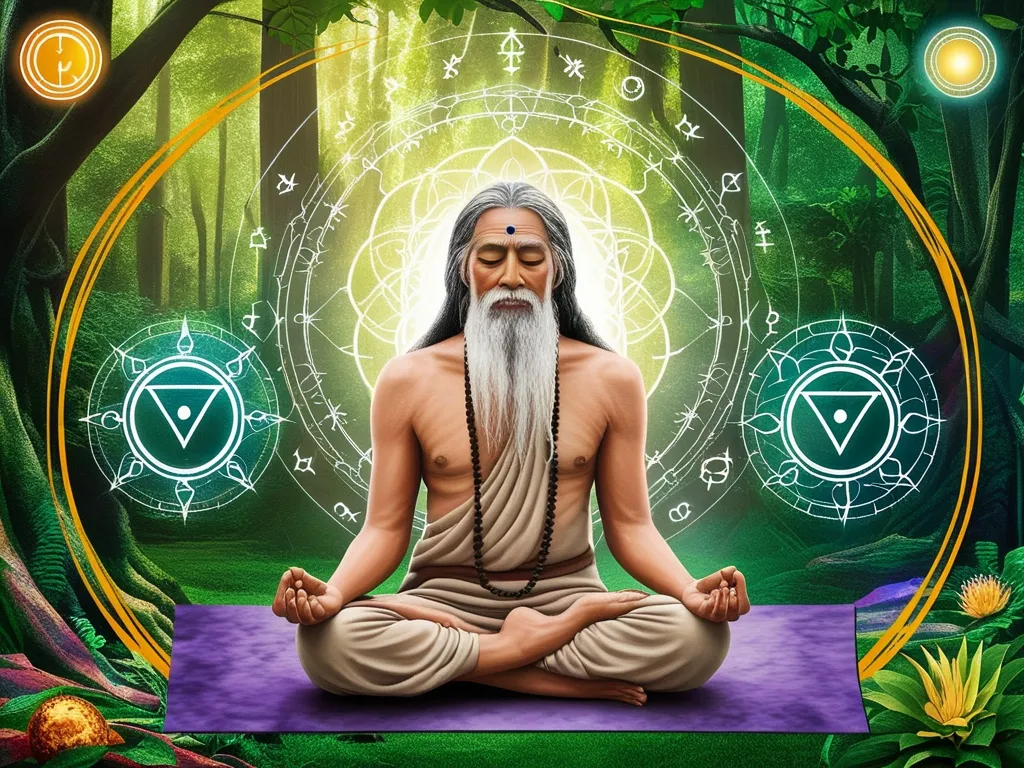In Hindu philosophy, the idea of Brahman acts as a central theme, especially evident through the teachings of the Yajurveda. This ancient text, one of the four core scriptures in Hinduism, dives deep into rituals and philosophical ideals that define what Brahman, the supreme reality, truly is.
The Yajurveda: Rituals and Philosophy Rolled Into One
Unlike the Rigveda and Samaveda, which have their distinct focuses, the Yajurveda zeroes in on the mechanics of ritualistic practices. It’s like a handbook for the Adhvaryu priest, outlining everything from where you should set up your sacrificial site to what you should offer into the sacred fire. Yet, it’s not just about the rituals. The Yajurveda also serves as a treasure trove of wisdom, exploring the intricate concept of Brahman.
Understanding Brahman: The Big Picture
So, what is Brahman? It’s the ultimate all-encompassing reality that sustains the entire universe. If you were to strip away everything that changes and fades, what you’d be left with is Brahman. The Yajurveda, especially through its Samhitas and Brahmanas, offers fascinating insights into this enigmatic concept. Take the Shatapatha Brahmana, a significant part of the Shukla Yajurveda, for instance. It not only details rituals but also explains their deeper meanings, all pointing toward Brahman.
Rituals: More Than Just Actions
When you read about the rituals in the Yajurveda, it’s clear they’re more than just steps to follow. They hold deep symbolic significance. Rituals like Darsha-purnamasa, Agnihotra, and Somayaga are all about connecting the practitioner with the cosmic order. It’s about syncing human actions with the divine will, with the ultimate goal of understanding and aligning with Brahman.
The Role of Brahmanas
The Brahmanas are attached to the Yajurveda and are written in prose rather than verse. They serve as a guide to understanding the rituals, filled with myths and legends that illuminate the deeper meanings behind them. These texts are indispensable for grasping how the rituals fit into the broader picture of Brahman.
Vidhi and Arthavada: Rules and Meanings
The Brahmanas are divided into two sections: Vidhi and Arthavada. Vidhi provides the rules for performing the rituals, while Arthavada offers explanations on what these rituals signify. It’s a two-pronged approach that ensures rituals are performed with understanding, rather than rote mechanics, leading to a more profound comprehension of Brahman.
Symbolism in Sacrifice
In the Yajurveda, the idea of Yajna, or sacrifice, isn’t just about physical offerings. It’s also a symbolic gesture representing creation and the interconnectedness of everything. This symbolic aspect is crucial for transitioning to the philosophical concept of Brahman, portraying it as the universal fabric tying everything together. So, rituals become a way to experience and understand this ultimate reality.
Philosophical Nuggets
The Yajurveda introduces significant philosophical concepts like Prana (life force) and Manas (mind). These ideas are pivotal for grasping the essence of Brahman, emphasizing the interconnectedness of all living beings and the universe. It’s a reminder that Brahman is the all-pervading reality.
Legends and Myths: Windows to the Past
The Brahmanas brim with legends and myths that depict the origins and meanings of the rituals. These stories, though ancient, offer a glimpse into the earliest metaphysical and linguistic musings of Hinduism. They often portray gods and humans sharing the same universe, stressing that all actions, rituals included, are governed by Brahman.
The Bridge to Upanishads
The Brahmanas act as a link between ritual-focused texts and the more abstract philosophical texts known as the Upanishads. The Upanishads delve deeper into Brahman, exploring its relationship with the individual self (Atman) and the universe. This shift from ritual to philosophy is natural, as understanding Brahman through rituals sets the stage for deeper, more speculative philosophical inquiry.
Daily Life and Brahman
Even in everyday activities, like the Brahma Yagnam, Brahman is ever-present. This involves reciting mantras from each of the four Vedas and making offerings to different gods, reminding us of the interconnectedness of everything and the ultimate reality of Brahman. Such daily practices help keep an individual aligned with the cosmic order, reflecting the wider philosophical framework of Hinduism.
Wrapping It Up
So, the Yajurveda, through its myriad rituals and appended Brahmanas, offers a complex yet fascinating journey into grasping the concept of Brahman. It shows us that rituals are not mere perfunctory actions but are deeply intertwined with the symbolic and philosophical essence of Hindu philosophy. The concept of Brahman as the ultimate reality is intricately woven through these texts, providing a holistic understanding of the universe and human existence. This profound wisdom isn’t just confined to ancient texts but remains relevant in our daily practices, underlining the enduring significance of Brahman in Hindu thought.






